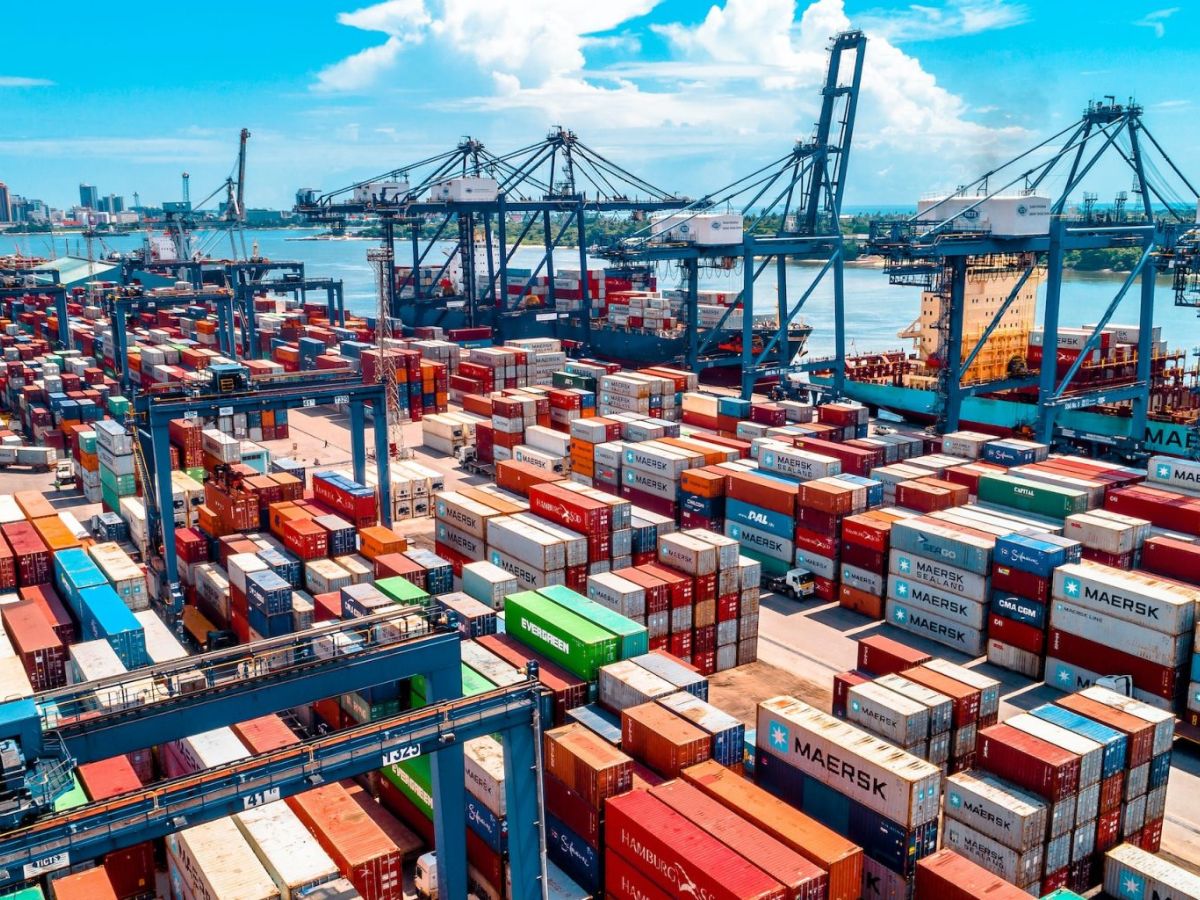US Tariffs on Indian Goods: What Indian Exporters Must Watch Closely
In a major development on global trade, it is analysed that Indian exporters may soon face steep trade tariffs unless there has been a middle ground reached by India and the US. The last we all know is, Indian exporters are set to face a 50% tariff on Indian goods, introduced under former US President Donald Trump—scheduled to take effect within the next two weeks.
Interestingly, there is more to consider. In addition to the 50% flat tariff, Most-Favoured Nation (MFN) duties will also be imposed on specific categories. For instance:
- Knitted apparel will attract an additional 13.9%, bringing the total to 63.9%.
- Woven apparel will face 10.3% MFN duty, taking the overall tariff to 60.3%.
As the deadline approaches, exporters, trade bodies, and policymakers alike are watching closely. Can a diplomatic breakthrough help avoid these steep costs? The clock is ticking.
According to GTRI, the exports of apparel, knitted and woven combined to the US were about USD 5.5 billion in 2024-25.
According to global trading experts and GTRI, other goods that will be affected by tariffs in excess of 50 percent are all the diamond and gold-related products, machinery, mechanical appliances; steel, aluminium, copper; textiles; organic chemicals; carpets; furniture, bedding, mattresses. The effective tariffs on these goods will range between 51-59 per cent.
Smartphones, pharmaceuticals, and petroleum products will have tariff exemptions. Petroleum products’ exports will, however, attract 6.9 per cent MFN tariffs.
India And US Over A Past Few Months
Over these months, India and the United States have been struggling with negotiations for an interim trade deal and trying to come on the same page. However, there are reservations from the Indian side regarding the US demand to open up the agricultural and dairy sectors. Agriculture and dairy are critical for India, as these two sectors provide livelihood opportunities to a large section of the population.
Trumps Tariff Tantrums
In the start, US President Donald Trump announced only a 25% tariff, which was not pleasant but was accepted. Later, he slapped India with another 25% tariff on the grounds of taking oil from Russia.
India and the US initiated talks for a just, balanced, and mutually beneficial Bilateral Trade Agreement (BTA) in March this year, aiming to complete the first stage of the Agreement by October-November 2025.
On April 2, 2025, President Trump signed an executive order for reciprocal tariffs on various trade partners, imposing varied tariffs in the range of 10-50 percent.
He subsequently kept the tariffs in abeyance for 90 days, while imposing a 10 percent baseline tariff. The deadline was to end on July 9, and the US administration later pushed it to August 1.
During the ongoing Monsoon session of Parliament, Commerce and Industry Minister Piyush Goyal made a statement in both Houses, affirming that the government is examining the impact of tariffs and will take all necessary steps to safeguard the national interest.
(With Inputs From ANI)







